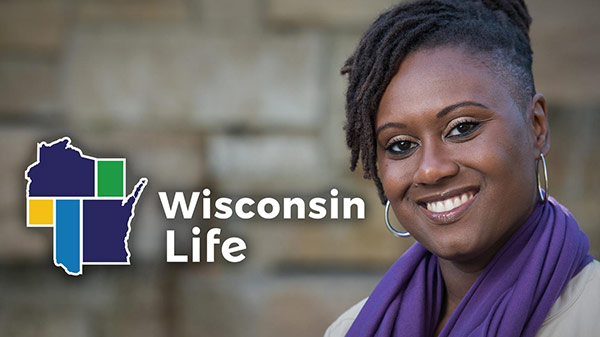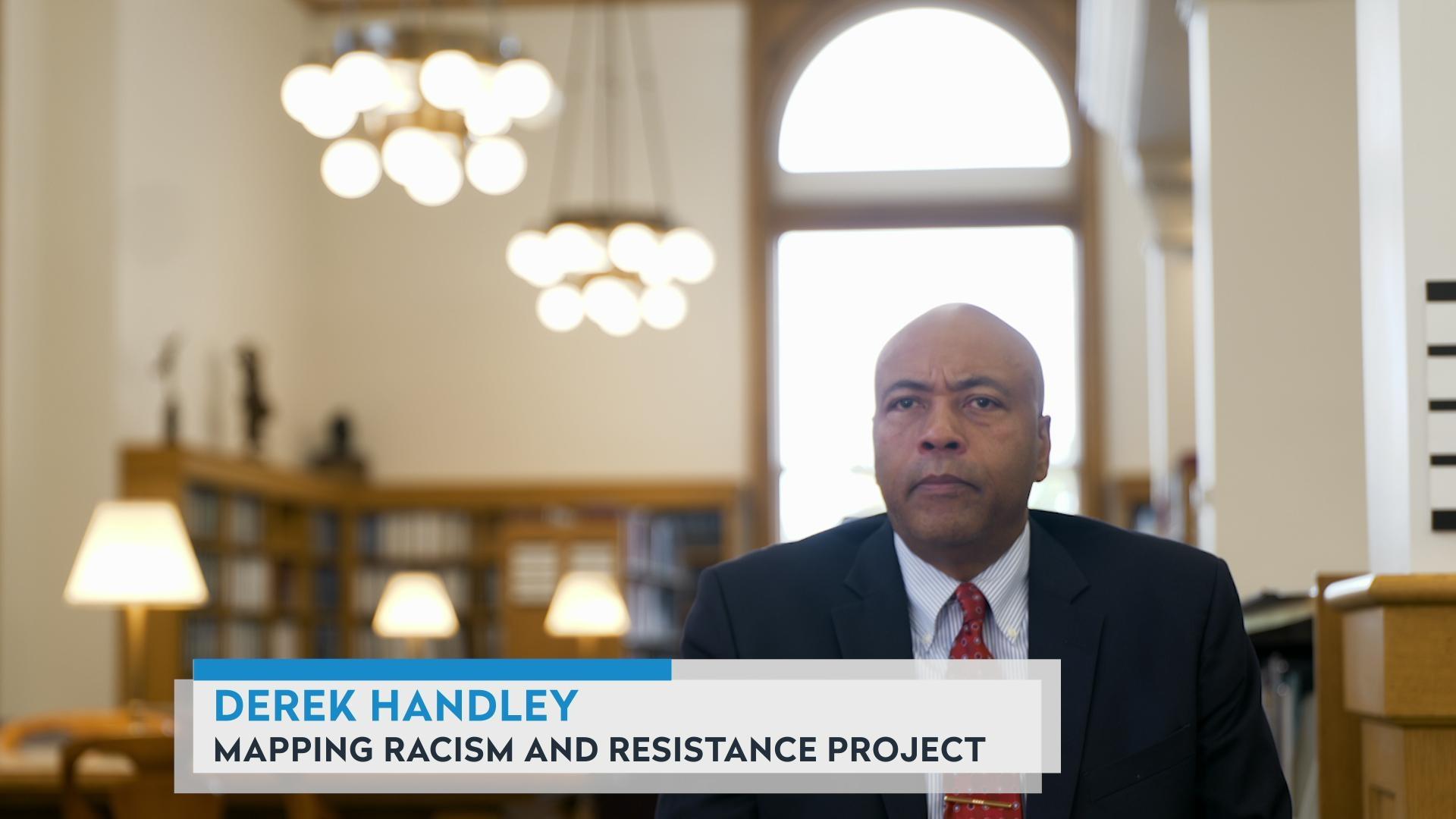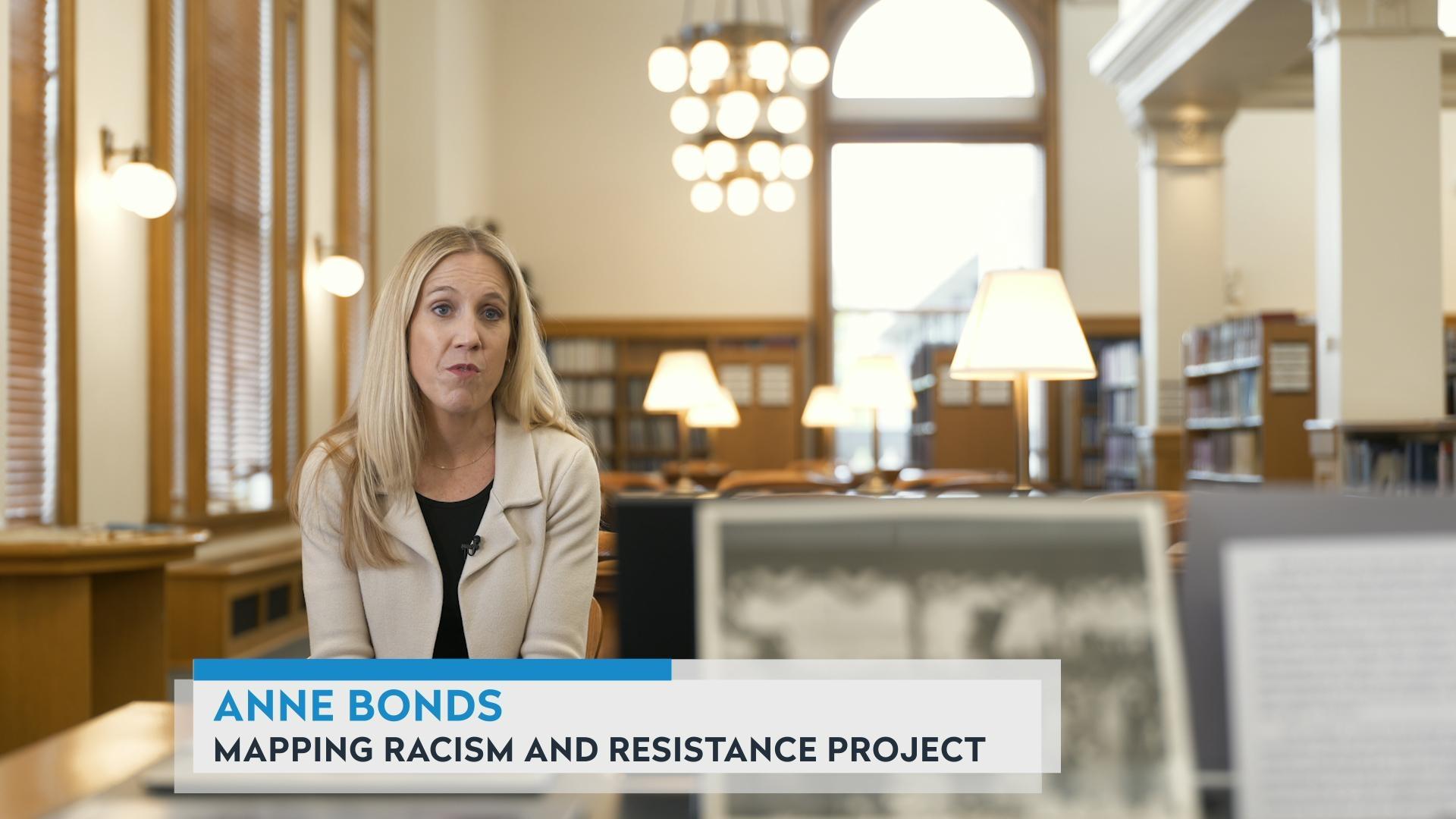Frederica Freyberg:
Ready or not, Wisconsin is reopening for business, including water parks, restaurants, bars and gift shops. So how do you know what activities are safe and how do you best protect your family? Professor Emeritus Pat Remington is with the University of Wisconsin Department of Population Health Sciences, and Professor Remington joins us this week with his insights. Thanks a lot for being here.
Pat Remington:
Thanks for having me.
Frederica Freyberg:
So, first, what is your belief as to whether or not the time is right to start reopening the economy?
Pat Remington:
Well, I certainly think it’s time. The question is not ‘when we do it’ but more ‘how we do it.’ We know there are risks of COVID-19 being transmitted from person to person and that risk will continue for a long time. So what we should do is understand the science and the evidence about how risk is determined. How the virus is transmitted from person to person. And then, once we understand that, then take those steps: baby steps at first, and then, eventually, work towards a complete opening of business.
Frederica Freyberg:
Even as we start to do this now, should we then expect spikes in positive cases?
Pat Remington:
Well, we will expect continued transmission. Despite the number of cases and the number of deaths, there’s a large portion of the population that’s susceptible. So we will continue to see transmission from person to person. What we want is those spikes to be very small and to be contained through isolation of sick individuals and then contact tracing. If we do that, then we can keep those spikes– what I like to think about is small grass fires that you can put out, as opposed to a big forest fire that overwhelms our health care system’s ability to care for people.
Frederica Freyberg:
Notwithstanding the fact that it’s almost become kind of a political message, is it your belief that we should all be wearing masks?
Pat Remington:
Well, I think wearing masks is an important demonstration of your concern about spreading the illness to others. And there’s good evidence: both epidemiologic, but also experimental that if you happen to be sick and not know it and you cough, or sneeze, or even breathe, that wearing a mask will keep the virus from spreading that’s– to that six-foot range. So, we don’t know if we’re sick. Lots of people don’t have symptoms or you develop– you are contagious before those symptoms develop so putting a mask on is just in case I’m sick and I don’t know it or just in case I’m about to become ill. I’m going to reduce the risk that I’ll infect someone else and there’s good evidence on that. So, it’s I think it’s a good thing to do. Particularly if you’re going to be in a shopping center or in a hair salon, closer than that six-foot range, that’s an extra a bit of insurance to make sure you don’t transmit the virus to someone else.
Frederica Freyberg:
Well, speaking of which, I wanted to kind of tick down some of the kinds of activities that people might be doing and ask you whether or not it’s your belief that these are safe, including restaurants and bars. What about that?
Pat Remington:
Well, again, I think indoor spaces are higher risk than outdoors. So, if a restaurant or a bar can seat patrons out of– outdoors, then that will reduce the risk. Also, if we know that the six-feet is generally accepted distance that is safer than being closer to that. So, if it’s a restaurant or bar, that can seat people at a distance of six feet or more, then that makes it a safer. But anytime you go indoors, you are at risk of coming into contact with someone who might be sick. So, there’s a risk, but what we want to do is keep that risk as small as possible.
Frederica Freyberg:
You know, a lot of people are saying, “Well, pools should be safe because the chlorine kills the virus.” What about things like pools and water parks?
Pat Remington:
Well, again, I think– as long as people can stay physically distant, six feet or more, then outdoor places are better than indoor places. We know that from research studies. But the risk is that you go to a place like a pool and it gets crowded and all of a sudden, you don’t have that physical distancing but we know outdoors- the sun, the wind, just the drying effects- won’t help the virus be transmitted so that reduces the risk. And I think, as long as you can maintain that six-foot distance. Obviously, wearing a mask is not practical when you’re swimming so that extra protection won’t be available, but I think as long as you maintain physical distancing and engage in good hand hygiene, should you touch surfaces that might be contaminated, that those places will generally be safe for people to visit.
Frederica Freyberg:
You know, it seems like the kind of safer-at-home or stay-at-home orders has set in kind of a fatigue over all of that, and you’re increasingly see, kind of, groups of children at playgrounds. What about things like that, like play dates and even going back to school?
Pat Remington:
Well, I think it gets back to, again, understanding what the risks for transmission are. First of all, if you’re ill, not feeling well, obviously stay at home and self-isolate. But even if you’re well and you go out and you’re thinking you’re going to be closer than six feet to an individual, the use of a mask will reduce the risk substantially. So, I think that’s a good thing to do, should you gather in your backyard with neighbors. And then, finally, just engage in physical distancing. It’s not hard to set tables six feet apart. It’s not hard to have lawn chairs that are set far apart. I’ve seen it in our neighborhood. I’ve seen it down in the University Bay fields where people are gathering, but the chairs are spread far apart. That knowing what we know about the virus, being outdoors in the wind and the sun, and being physically distant, certainly there is a potential risk, but that risk is very small.
Frederica Freyberg:
All right, Dr. Pat Remington, thanks very much.
Pat Remington:
Thanks for having me.
Search Episodes

Donate to sign up. Activate and sign in to Passport. It's that easy to help PBS Wisconsin serve your community through media that educates, inspires, and entertains.
Make your membership gift today
Only for new users: Activate Passport using your code or email address
Already a member?
Look up my account
Need some help? Go to FAQ or visit PBS Passport Help
Need help accessing PBS Wisconsin anywhere?

Online Access | Platform & Device Access | Cable or Satellite Access | Over-The-Air Access
Visit Access Guide
Need help accessing PBS Wisconsin anywhere?

Visit Our
Live TV Access Guide
Online AccessPlatform & Device Access
Cable or Satellite Access
Over-The-Air Access
Visit Access Guide
 Passport
Passport


















Follow Us